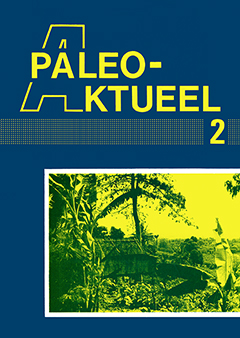HOUTGEBRUIK IN HET VROEG-MIDDELEEUWSE GRAFRITUEEL IN NOORD-NEDERLAND
Samenvatting
Botanical analysis of the charcoal of cremation graves of the early medieval cemetery of Hogebeintum (5th-8th century) indicates in the first place the use of Alnus, Fraxinus and Quercus, but also of Pinus, Betula, Acer and Malus-type. Cremation seems to be a relatively simple form of funerary ritual in terms of organization. At Hogebeintum but also in other cemeteries (Oosterbeintum, Dokkum, Groningen, Emmen) inhumations are found in coffins made of thick tree trunks of Quercus. This type of inhumation can be dated between the 5th and the 10th century, with its summit in the 8th century. The use of these hallowed-out coffins, which requires fast grown oaks with diameters of 70-75 cm and an age of 100-150 years, indicates long-term forestry planning. This suggests the cultivation of oaks especially for hollowed-out coffins. The question arises what social factors determined the choice between cremation and inhumation in early medieval times.

